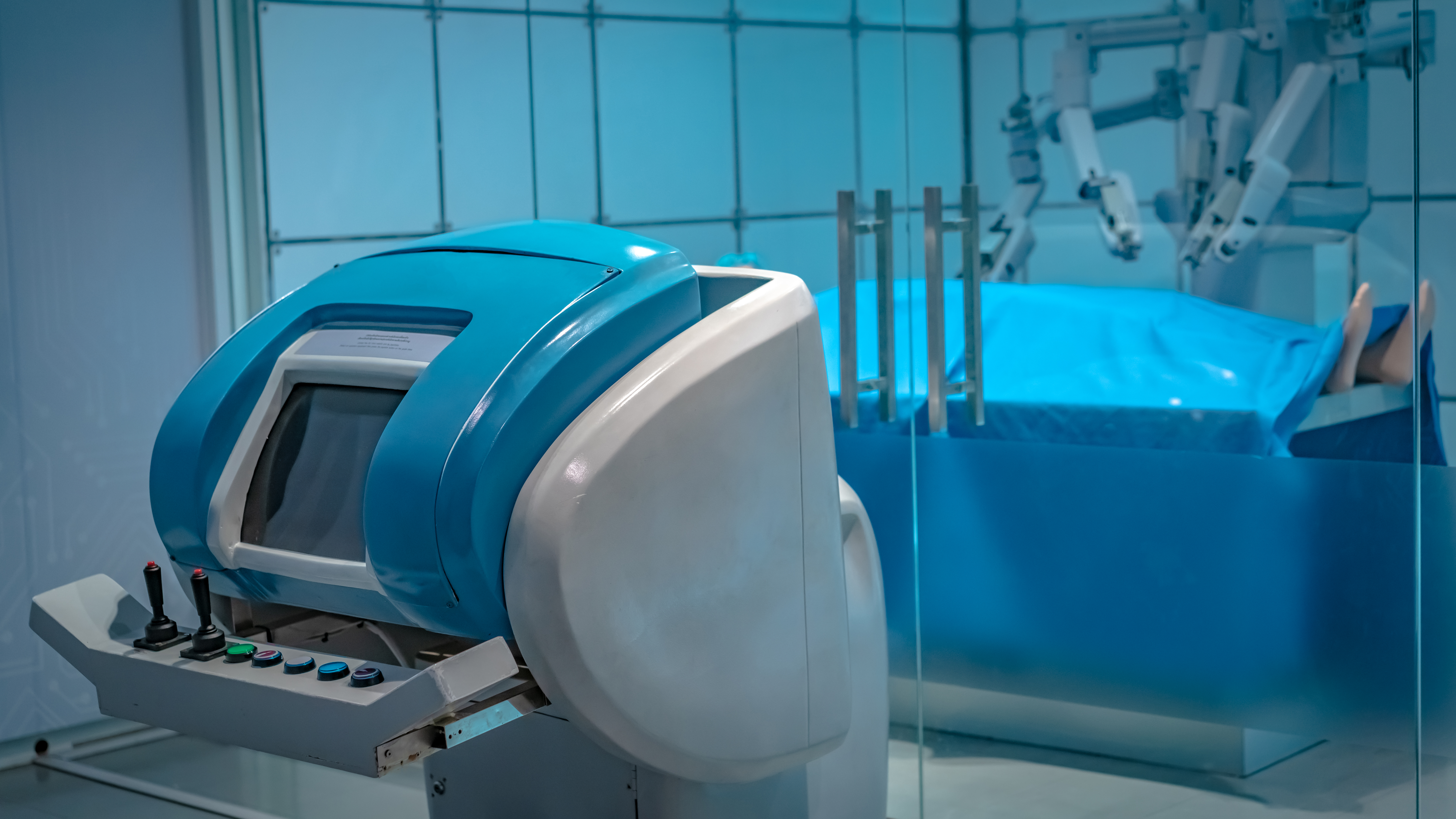
Autonomous robotic intracardiac navigation is feasible using enhanced sensing and control techniques, according to a new study.
Although conducted in a porcine model, the researchers said results of the study, published in Science Robotics, the authors said that the results of the analysis suggest that the performance of an autonomous robotic catheter using novel enhanced sensing and control techniques “rivaled that of an experienced clinician.” The difficulties of truly accurate cardiac imaging using a catheter are documented, and include difficulties negotiating heart motion and variations between imaging technologies.
For the present study, the researchers focused on what they termed “haptic vision,” which they described as combining “intracardiac endoscopy, machine learning, and image processing algorithms to form a hybrid imaging and touch sensor—providing clear images of whatever the catheter tip is touching while also identifying what it is touching.” In their animal model, the authors reported success in using haptic vision as the sole sensory input for their navigation algorithms, and used autonomous navigation through the animal model in vivo experiments. They then compared the results with operator-controlled robot motion and with manual navigation.
The results suggested that in terms of navigation, working with the implantable device during heart motion, and appropriate force application, autonomous navigation was successful 99% of the time (89 of 90 trials) and was faster than tele-operated control and with a smaller variance but slower than manual control. Autonomous control was the slowest at navigating around the annulus. Autonomous control was successful in 95% of trials (79 of 83).
“Our primary result is that autonomous navigation in minimally invasive procedures is possible and can be successfully implemented using enhanced sensing and control techniques to provide results comparable with expert manual navigation in terms of procedure time and efficacy,” the researchers concluded. “Furthermore, our experiments comparing clinician-controlled robotic navigation with manual navigation echo the results obtained for many medical procedures—robots operated by humans often provide no better performance than manual procedures except for the most difficult cases and demanding procedures.”
A PDF of the article is available here.
i pushed catheters in and around the heart for 20 years, and didn't envision the day when algorithm-guided robots could do this!https://t.co/uETabIXCWW @SciRobotics Interventional cardiologists take note! #openaccess #justsayinpigs by @BostonChildrens pic.twitter.com/5do1qco1uU
— Eric Topol (@EricTopol) April 26, 2019
Amazing! Will be interesting to see how it continues to evolve & advance. Will still need skilled operators, just different tools. Having more info that #AI will be able to collect and process in realtime may lead to improved outcomes, eg better stent deployment, better TAVR, etc
— Amitabh C. Pandey (@AmitabhCPandey) April 27, 2019
https://twitter.com/JohnsonCardio/status/1122139661009244166?s=20







 © 2025 Mashup Media, LLC, a Formedics Property. All Rights Reserved.
© 2025 Mashup Media, LLC, a Formedics Property. All Rights Reserved.